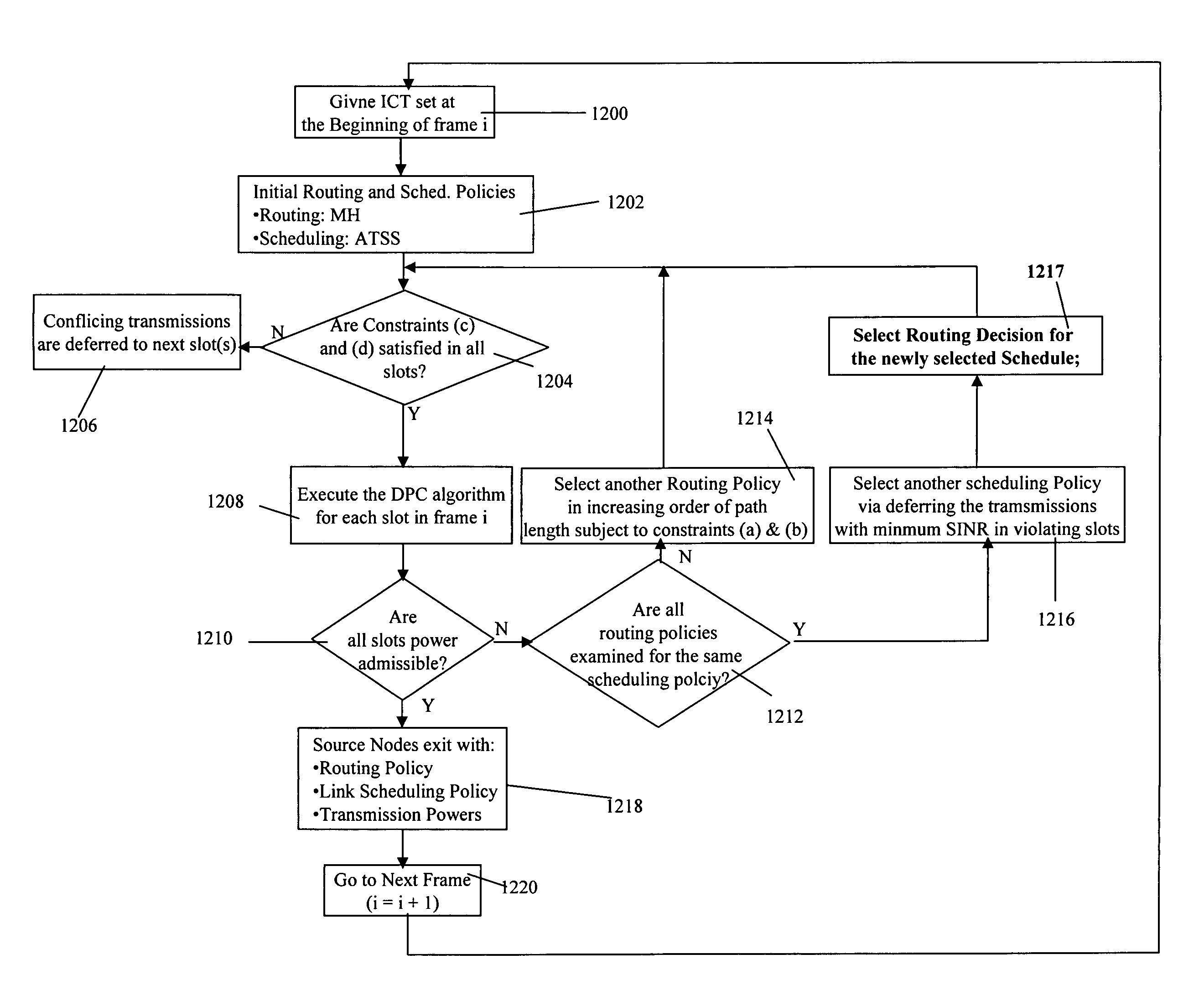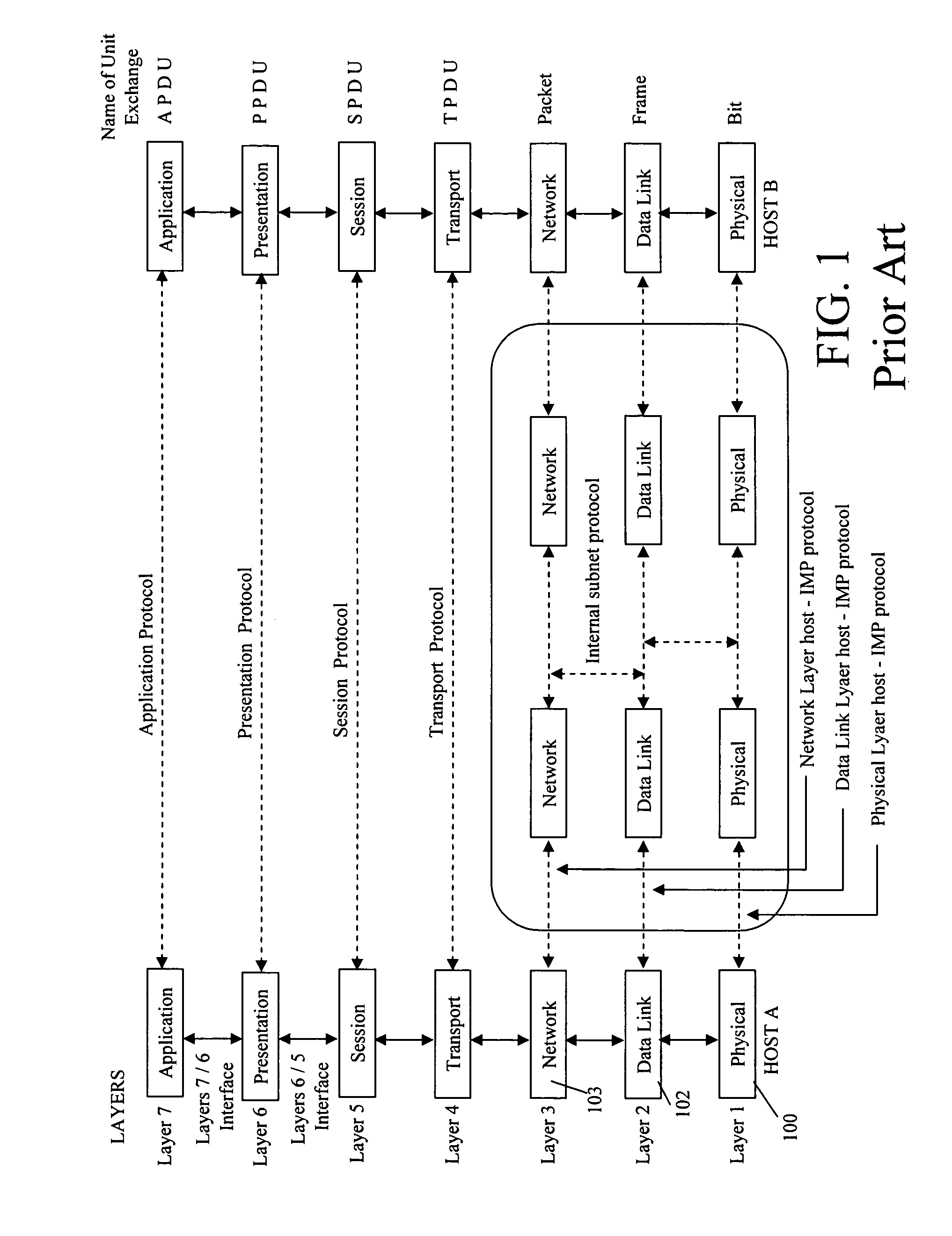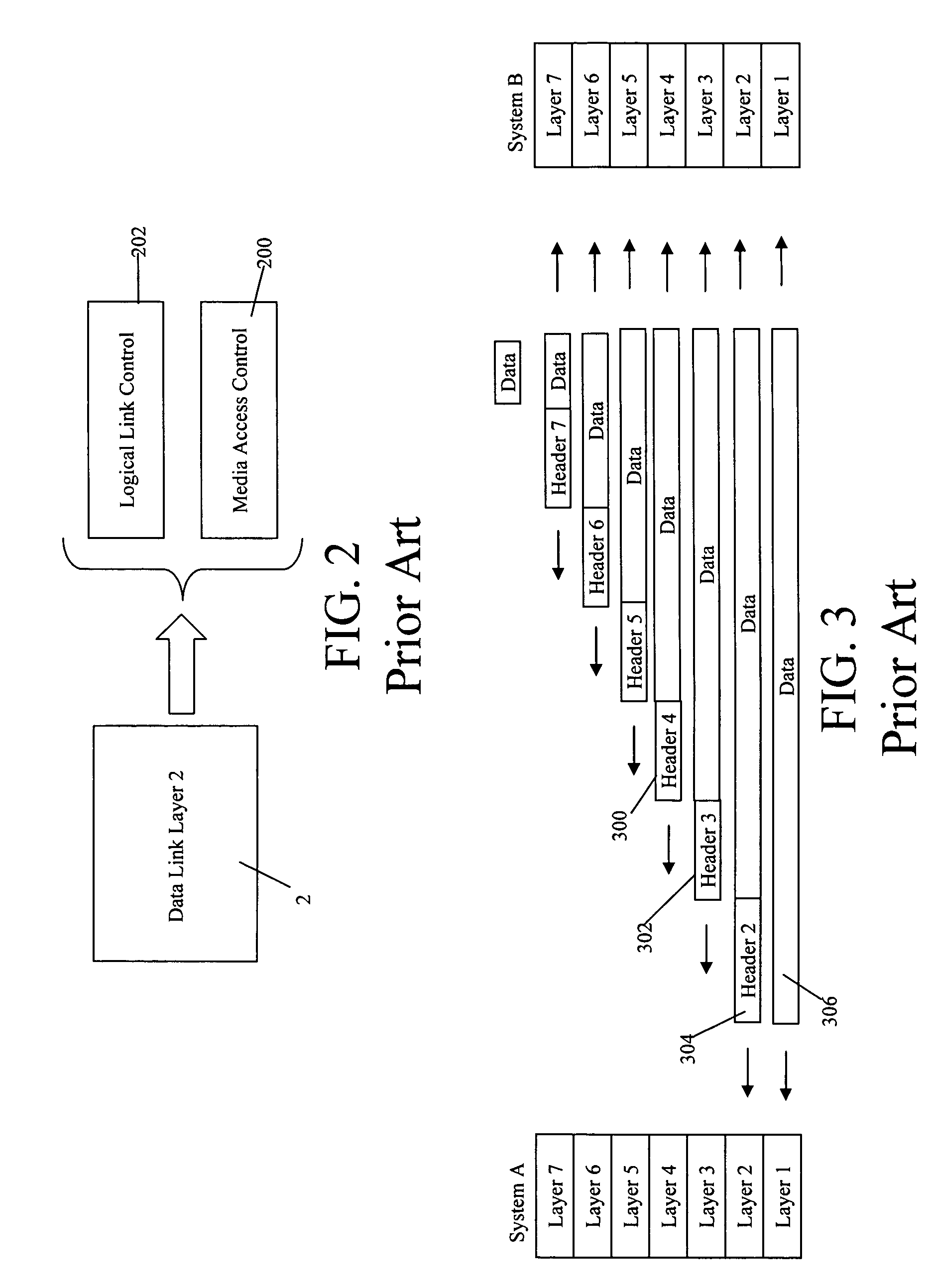Interference-resilient joint MAC and routing scheme for wireless ad-hoc networks
a wireless ad-hoc network and routing scheme technology, applied in the field of interference-resilient joint mac and routing schemes for wireless ad-hoc networks, can solve the problem that the routing problem should not be solved for a given network topology, and achieve the effect of reducing the complexity of the problem, and improving the end-to-end network throughpu
- Summary
- Abstract
- Description
- Claims
- Application Information
AI Technical Summary
Benefits of technology
Problems solved by technology
Method used
Image
Examples
Embodiment Construction
(1) Introduction
[0067]In today's wireless ad-hoc network communications, nodes communicate with one another using the OSI protocols, the layers of which are designed in isolation from one another. Handling routing and multiple access decisions independently could lead to performance degradation in wireless ad-hoc networks. A routing decision utilizing network layer information only could lead to degrading the performance of the multiple access protocol, which eventually leads to degrading the end-to-end throughput. Consider a wireless ad-hoc network consisting of thirteen stationary nodes with connectivity as shown in FIGS. 4(a) to 4(c). For this example, it is assumed that time is slotted and that the channels are constant over a time slot. Moreover, it is assumed that two source-destination pairs S-D of (S1, D1) and (S2, D2) have identical traffic demands. In addition, it is also assumed that there is always a packet in the queue of each source node S ready for transmission. The r...
PUM
 Login to View More
Login to View More Abstract
Description
Claims
Application Information
 Login to View More
Login to View More - R&D
- Intellectual Property
- Life Sciences
- Materials
- Tech Scout
- Unparalleled Data Quality
- Higher Quality Content
- 60% Fewer Hallucinations
Browse by: Latest US Patents, China's latest patents, Technical Efficacy Thesaurus, Application Domain, Technology Topic, Popular Technical Reports.
© 2025 PatSnap. All rights reserved.Legal|Privacy policy|Modern Slavery Act Transparency Statement|Sitemap|About US| Contact US: help@patsnap.com



